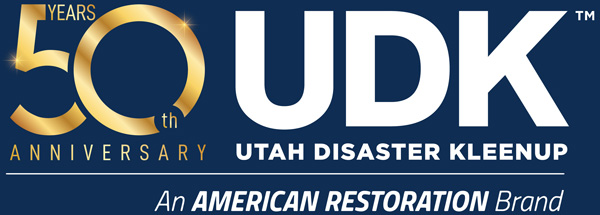Water damage is a homeowner’s nightmare, capable of wreaking havoc in various ways. Understanding the different degrees of water damage is crucial for effective restoration, as each category presents unique challenges and risks. In Utah, where the landscape and climate vary, being prepared for any degree of water damage is essential for homeowners. Let’s delve into the varying degrees of water damage and the restoration process for each category.
Category 1: Clean Water
Clean water damage stems from a clean water source, such as leaky faucets or pipes. Despite its innocuous origins, Category 1 water damage can escalate if not promptly addressed. The cleanup process involves extracting the water and thoroughly drying the affected area. However, some materials may suffer irreparable damage and require restoration or replacement. It’s important to note that Category 1 water damage can evolve into Category 2 if left untreated.
Category 2: Gray Water
Gray water damage involves water contaminated with pollutants but not sewage. This type of damage poses health risks and requires careful handling by professionals. Common sources include dishwasher or washing machine overflows. Cleanup for Category 2 water damage is more extensive, involving extraction, removal of damaged materials, thorough drying, and disinfection. If neglected, Category 2 water damage can escalate to Category 3, amplifying both the risks and the restoration challenges.
Category 3: Black Water
Black water damage is the most severe and hazardous. It involves water contaminated with pathogens, sewage, or chemicals. This could result from floods, sewer overflows, or untreated Category 1 or 2 water damage. Category 3 water damage demands immediate attention from restoration experts equipped with protective gear and specialized tools. The cleanup process includes thorough water removal, steam washing of affected materials, and comprehensive disinfection. Given the health risks associated with Category 3 water damage, homeowners should refrain from attempting cleanup and instead rely on professional restoration services.
Conclusion
Water damage is a multifaceted problem that requires tailored solutions based on the degree of contamination. In Utah, where water damage can stem from various sources, homeowners must understand the categories of water damage to effectively mitigate risks and protect their properties. Whether facing Category 1, 2, or 3 water damage, seeking prompt professional assistance is paramount for swift and thorough restoration. By being proactive and informed, homeowners can safeguard their homes and families against the detrimental effects of water damage.
